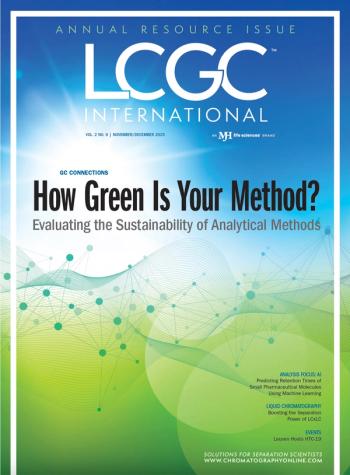
Waters Achieves LEED Certification for Chemical Manufacturing Facility in Massachusetts
A new $215 million precision chemical manufacturing facility built by Waters Corporation recently achieved Leadership in Energy and Environmental Design (LEED) certification by the U.S. Green Building Council.
A new $215 million precision chemical manufacturing facility built by Waters Corporation recently achieved Leadership in Energy and Environmental Design (LEED) certification by the U.S. Green Building Council. The 140,000 square-foot facility, located in Taunton, Massachusetts, features sustainable design elements that significantly reduce energy consumption estimated to decrease water use by 20% and cut industrial waste volume by 50%.
The Waters Taunton site is the first and only LEED-certified chemical manufacturing facility in Massachusetts and is among a small number of LEED-certified industrial manufacturing projects in the United States. The site nearly triples Waters’s manufacturing footprint. It has created 25 new jobs and provides future growth capacity.
The facility incorporates features that include state-of-the-art, on-site industrial waste containment and treatment technology designed to reduce overall building emissions by an estimated factor of six over the company’s legacy manufacturing facility; wastewater recycling technology that reclaims and filters wastewater for use in property irrigation, climate control, and restroom facilities; and a LEED design optimized for energy efficiency and indoor air quality that incorporates building materials that promote sustainability.
Newsletter
Join the global community of analytical scientists who trust LCGC for insights on the latest techniques, trends, and expert solutions in chromatography.



